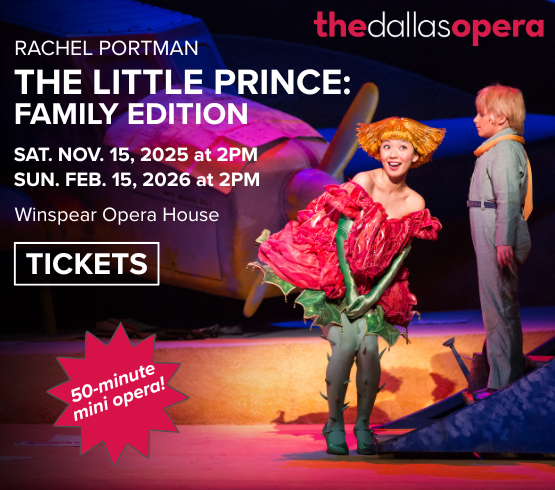Both Shannon and William Cannings are represented by Anya Tish Gallery, so showing them together at some point seemed predestined. Interestingly, this is the first time they have collaborated, not only for an exhibition but in the actual production of works of art. Their individual pieces could not be more different in medium, technique, and subject matter, yet Shannon’s paintings and William’s sculptures bear a kinship in sensibility and execution. They share a passion for color and an obsession with the surface qualities of their pieces. Both are devoted to their creative process and finish their pieces to perfection.
The artists are from different parts of the world (William is from England, and Shannon is from Pennsylvania) but earned BFAs in 1995 and went on to Syracuse University for their graduate work, both receiving their MFAs in 1998. Though married with two children, they maintain separate art studios in Lubbock, where they both teach at Texas Tech.
William spent his youth working in automotive body shops, where he became proficient with the tools he uses to create his seemingly buoyant steel sculptures. Earlier sculptures were painted with automotive paint, but some recent work is coated with urethane. He has perfected an innovative process that involves heating and inflating steel so its weight belies its weightless appearance.
William’s inflated steel sculptures have polished surfaces that reflect color and light. He has been experimenting with new paints and pigments that have produced bright, iridescent surfaces. “I hope these surfaces reflect the environment and absorb it, making the relationship of object, environment, and audience more poignant and visually fun,” he said. “It is this poignancy of audience, object, and installation that continuously energizes and compels me to investigate.” In an arrangement of nine snow-white, silver-white, and platinum clouds hanging in front of a blue wall, the intention is that the clouds reflect the blue wall behind them. There are also several free-standing and leaning sculptures, including variations on pool floats that complement Shannon’s paintings. When their children were small, both artists drew from their toys as subject matter.
Shannon has included several hyperreal paintings of Nerf bullets, which are bright blue tubes with red tips used in Nerf guns. On a round canvas, they are piled on a black surface, and on a square one, they are spread out on a yellow background. In yet another painting, a blue toy gun is presented resting on dozens of small rocks.

1 ⁄10
The Cannings family; photo courtesy of the artists.

2 ⁄10
Shannon Cannings, Near Miss, 2021, oil on panel, 48 inch diameter. Courtesy of Anya Tish Gallery and the Artists.

3 ⁄10
William Cannings, Beach Ball, 2020, inflated steel, automotive paint, 52 x 52 x 50 inches. Courtesy of Anya Tish Gallery and the Artists.

4 ⁄10
Shannon Cannings, studio image of works in progress for Duplicity at Anya Tish gallery, 2023. Courtesy of Anya Tish Gallery and the Artists.

5 ⁄10
William Cannings, Platinum Cloud, 2023, inflated steel, platinum automotive paint. Courtesy of Anya Tish Gallery and the Artists.

6 ⁄10
William Cannings, Silver Cloud, 2023, inflated steel, pearlized automotive paint. Courtesy of Anya Tish Gallery and the Artists.

7 ⁄10
William Cannings, Clouds, 2022, Permanent installation at William P. Hobby Airport, 30 inflated steel clouds of various dimensions, pearlized automotive paint. Courtesy of Anya Tish Gallery and the Artists.

8 ⁄10
William Cannings, Dreamsicle, 2017, inflated steel, automotive paint, 20 x 19.5 x 4 inches. Courtesy of Anya Tish Gallery and the Artists.

9 ⁄10
William and Shannon Cannings; photo courtesy of the artists.

10 ⁄10
Shannon Cannings, Reverberation in Yellow, 2022, oil on canvas, 54 x 72 inches. Courtesy of Anya Tish Gallery and the Artists.
Shannon’s work is somewhat subversive in that she uses bright colors and seductive patterns to make toy guns appealing while bringing attention to the marketing of guns to children, as well as gun violence. Her paintings explore a multitude of questions regarding gun ownership, gun control, and gun legislation in this country that she hopes sparks dialogue among viewers.
Both artists create alluring works of art with an undercurrent of wit. They dazzle us with bright colors and enticing surfaces that engage and seduce us. William uses hard steel to create apparently soft objects, while Shannon borrows imagery from popular culture and presents it ironically. Both artists produce artwork that operates on multiple levels, creating pieces that are ambiguous, complicated, and compelling.
—DONNA TENNANT




